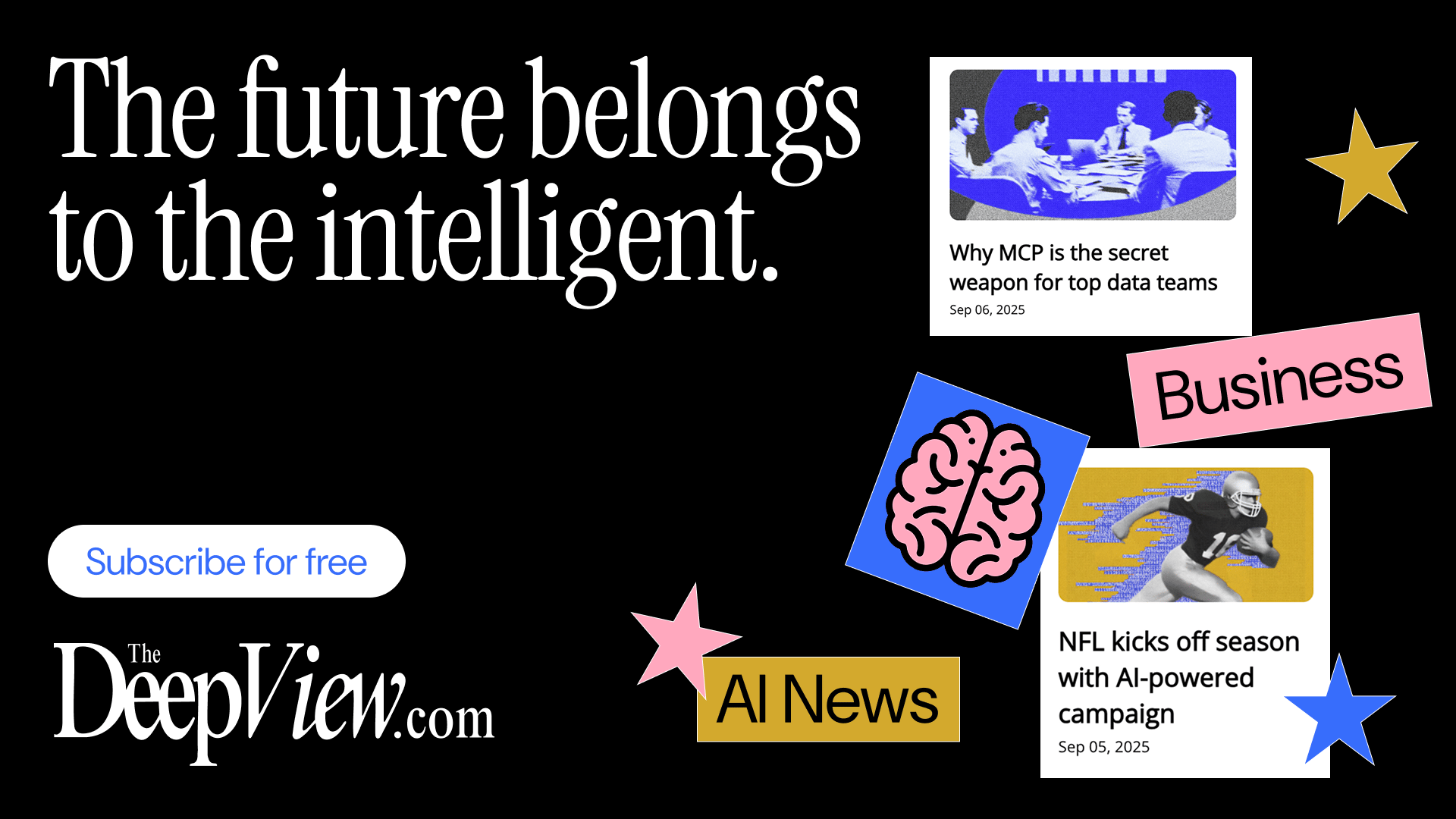- Tiny Big Spark
- Posts
- Smart Trade-Offs: Balancing Speed and Stability in Tech
Smart Trade-Offs: Balancing Speed and Stability in Tech
How great teams manage technical debt without sacrificing trust or long-term growth
The Hidden Art of Smart Trade-Offs: Building Today Without Breaking Tomorrow
The Unavoidable Crossroads
Every team, no matter how brilliant or well-resourced, runs into the same recurring dilemma: move fast or build it right? It’s the tension between seizing opportunities quickly and laying a foundation that won’t collapse under its own weight later.
Most people reduce this conversation to “technical debt = messy code.” But the truth runs deeper. Technical debt shows up in many forms: skipped tests, rushed architecture, missing documentation, or temporary fixes that become permanent. Each of these decisions buys short-term speed at the cost of long-term friction.
And yet—avoiding shortcuts altogether isn’t the answer. The best teams don’t try to dodge technical debt; they learn how to manage it with precision. Stripe, for example, in its early days took deliberate shortcuts to capture market share but paired those with systems that tracked and repaired every compromise. The point wasn’t perfection. The point was control.
Tip: Don’t ask, “Should we avoid debt?” Ask instead, “Which debt makes sense to take on—and how will we pay it down?”

The Real Costs of Speed
Cutting corners isn’t free. The price shows up in three ways:
Slowing teams down. Clean systems let engineers build in a day what messy ones take three to achieve. Burnout and attrition climb when talented people spend their energy wrestling with brittle infrastructure instead of creating.
Damaging customer trust. A patch that works 99% of the time may look good until the 1% failure hits during your biggest sales event. Customers remember failures far longer than smooth operations.
Blocking adaptability. Quick fixes can cement into brittle frameworks that buckle when the business needs to pivot. Growth stalls when systems can’t flex.
Meta learned this lesson. Their culture once celebrated “move fast and break things.” Over time, they evolved into “move fast with stable infrastructure.” The shift wasn’t about slowing down—it was about protecting speed in the long run.
Tip: Before taking the quick path, ask: If this fails at the worst possible moment, what’s the fallout?
The AI Insights Every Decision Maker Needs
You control budgets, manage pipelines, and make decisions, but you still have trouble keeping up with everything going on in AI. If that sounds like you, don’t worry, you’re not alone – and The Deep View is here to help.
This free, 5-minute-long daily newsletter covers everything you need to know about AI. The biggest developments, the most pressing issues, and how companies from Google and Meta to the hottest startups are using it to reshape their businesses… it’s all broken down for you each and every morning into easy-to-digest snippets.
If you want to up your AI knowledge and stay on the forefront of the industry, you can subscribe to The Deep View right here (it’s free!).
The Framework for Smarter Decisions
Great leaders don’t wing these choices. They use consistent guardrails to decide when to rush and when to reinforce. Four principles stand out:
Check the blast radius. If the shortcut touches customers or critical systems, slow down. If it’s an internal tool with a tiny footprint, move quickly.
Know your debt limit. When 30% or more of your team’s time goes into fixing old problems, you’ve maxed out. Adding more debt only digs the hole deeper.
Have a payback plan. “We’ll fix it someday” is a myth. Every shortcut needs a real, scheduled cleanup.
Design safe failures. If it must break, let it break gracefully. A slow search is tolerable; a broken checkout isn’t.
This isn’t just about managing systems; it’s about managing trust—internally with teams and externally with customers.
Tip: Write every shortcut down. Document the decision, the risks, and the plan to address it. Visibility makes accountability possible.
Block 125+ Coupon Extensions Instantly
Stop coupon extensions before they even touch your checkout. KeepCart blocks 125+ plugins like Honey, CapitalOne Shopping, and Karma from auto-applying random codes and draining your margins.
Brands like Quince and Newton use KeepCart to protect revenue and keep every sale clean.
After months of using KeepCart, Mando says “It’s paid for itself multiple times over.”
Beyond Code: The People Side of Trade-Offs
Engineering trade-offs aren’t only technical—they’re deeply human. Every decision touches workload, morale, and relationships between teams. Leaders often face conflicting pulls: speed versus stability, innovation versus reliability, ambition versus burnout.
The first step is understanding context. A startup racing for market share might prioritize quick delivery. A mature company serving millions of users might favor stability over speed. Neither is wrong—the right decision is the one aligned with current goals.
But clarity without communication goes nowhere. Non-technical stakeholders don’t care about “refactoring” or “scalability.” They care about risks, costs, and timelines. Saying “our payment system creates 60% of support tickets and causes two weeks of delays every quarter” lands better than “we need to rewrite the architecture.”
Collaboration closes the loop. Inviting engineers into trade-off discussions not only surfaces hidden risks but also builds buy-in. People rally around decisions they’ve helped shape, even when compromises sting.
Tip: Translate technical decisions into business outcomes. Instead of what’s broken, explain what it costs.
The best marketing ideas come from marketers who live it. That’s what The Marketing Millennials delivers: real insights, fresh takes, and no fluff. Written by Daniel Murray, a marketer who knows what works, this newsletter cuts through the noise so you can stop guessing and start winning. Subscribe and level up your marketing game.
Trade-Offs as a Competitive Edge
Handled poorly, trade-offs become liabilities—fragile systems, frustrated teams, angry customers. Handled well, they become advantages. They allow speed without recklessness, stability without stagnation.
The truth is, every successful company carries technical debt. The difference lies in intention. Reckless debt piles up in silence until it topples the system. Strategic debt is taken on consciously, tracked carefully, and repaid consistently.
Smart leaders also pair trade-offs with risk management. If a decision favors speed today, they build contingency plans for tomorrow. Incremental improvements, monitoring, and fallback systems keep surprises from turning into disasters.
Finally, trade-offs are never “one and done.” They require continuous review. Circumstances shift—what made sense last quarter might be a liability today. The best leaders build feedback loops, measure outcomes, and adjust strategies before cracks widen.
Tip: Treat trade-offs like living commitments. Revisit them often, measure their impact, and adapt before small shortcuts harden into permanent obstacles.
Closing Reflection
Trade-offs are unavoidable. The choice isn’t between clean systems and messy ones—it’s between managing them with foresight or letting them manage you. The strongest teams know when to sprint, when to fortify, and how to communicate the reasoning in ways that align everyone around the bigger picture.
Speed and stability don’t have to be enemies. With thoughtful trade-offs, they can be partners—working together to drive progress without leaving a trail of chaos behind.
What’s your next spark? A new platform engineering skill? A bold pitch? A team ready to rise? Share your ideas or challenges at Tiny Big Spark. Let’s build your pyramid—together.
That’s it!
Keep innovating and stay inspired!
If you think your colleagues and friends would find this content valuable, we’d love it if you shared our newsletter with them!
PROMO CONTENT
Can email newsletters make money?
With the world becoming increasingly digital, this question will be on the minds of millions of people looking for new income streams in 2025.
The answer is—Absolutely!
That’s it for this episode!
Thank you for taking the time to read today’s email! Your support allows me to send out this newsletter for free every day.
What do you think for today’s episode? Please provide your feedback in the poll below.
How would you rate today's newsletter? |
Share the newsletter with your friends and colleagues if you find it valuable.
Disclaimer: The "Tiny Big Spark" newsletter is for informational and educational purposes only, not a substitute for professional advice, including financial, legal, medical, or technical. We strive for accuracy but make no guarantees about the completeness or reliability of the information provided. Any reliance on this information is at your own risk. The views expressed are those of the authors and do not reflect any organization's official position. This newsletter may link to external sites we don't control; we do not endorse their content. We are not liable for any losses or damages from using this information.





Reply